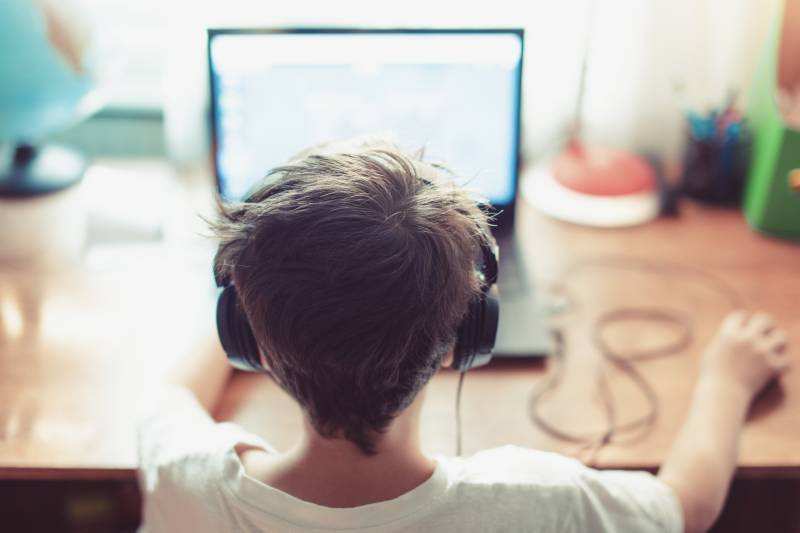Before schools actually shut their doors in response to coronavirus, Naomi O’Brien was anticipating how to help teachers discuss the growing global health crisis with students. A teacher with a decade of experience in kindergarten through second grade, O’Brien took this year off to have her second child but has continued to create educational materials that she sells through Teachers Pay Teachers. When the school where her friend and frequent collaborator LaNesha Tabb closed, the pair “dropped everything” to produce a free, child-friendly e-book on pandemics and COVID-19. “We wanted to put something out there to give kids information, so they didn’t feel left in the dark,” O’Brien said.
As teachers adapt to distance learning, they also take on responsibility for helping students understand why schools are closed in the first place. While explaining current events is familiar terrain, the rapid change and potential for misinformation involved with COVID-19 add to the challenge. O’Brien, along with other educators and experts, offered guidance for teachers on how to discuss pandemic with students.
Address the facts in a calm, rational tone
Though some parents may want to shelter their kids from the news, it’s important that young people learn what’s happening in the world from trusted adults, according to Jamie Howard, a senior clinical psychologist in the Anxiety Disorders Center at the Child Mind Institute. When communicating with students, Howard said educators should name the elephant in the room, but be thoughtful about how they frame the situation: “A lot of times kids will think things are worse than they are. You have a responsibility to correct any misinformation and allay any fears.”
Children might think they’re staying home because of immediate danger, but prevention and social responsibility are more accurate explanations, Howard said. For the youngest learners, “You want to explain that it’s more about being helpers.” Such framing can provide a healthy counterweight to the fearful tones children may encounter online or on TV.
O’Brien said that she and Tabb chose not to talk about death or compromised immune systems in their “What Is a Pandemic?” e-book but focused on basic explanations and what students can do to stay safe. For example, they knew that with schools closed, children might want to visit friends, so they defined “quarantine” and why it’s important. They also included historical context on pandemics “to let kids know that this has happened before, and people have gotten through it, to give them a little bit of hope.”
Let kids’ questions lead
While working on the e-book, O’Brien asked a friend what her children wanted to know about COVID-19. The second- and third-grader were concerned about how to protect themselves from infection, so the e-book concludes with two pages answering the question, “So, what can you do?”


